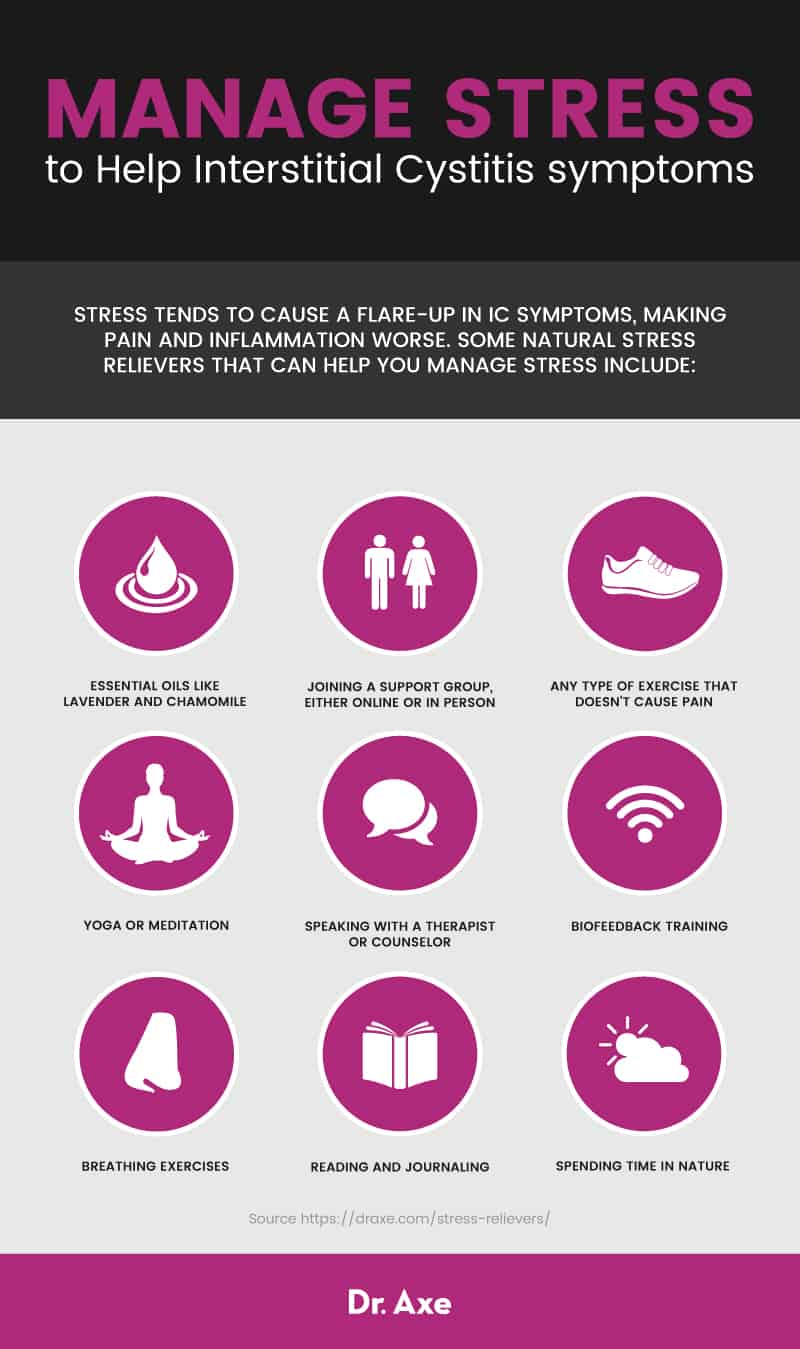6 Natural Ways to Ease Bladder Pain from IC
**Interstitial Cystitis: Understanding the Painful Pelvic Condition**
Interstitial cystitis (IC), a chronic and often painful pelvic and bladder condition, affects a significant number of individuals. Approximately 3 to 6 percent of all women, and some men, in the United States struggle with this debilitating issue.
IC can present with a variety of symptoms. Bladder and pelvic pain, a frequent urge to urinate, burning or stinging sensations, pain during intercourse, trouble exercising and sleeping due to frequent urination, and emotional stress, anxiety, and depression are common.
The causes of IC are not fully understood but may involve dysfunction of protein membranes in the bladder lining, damage to the bladder wall, immune system responses, and nerve signaling problems. There are two recognized subtypes – non-ulcerative IC and ulcerative IC – and various risk factors such as being a woman, age, autoimmune disorders, pelvic infections, and certain lifestyle habits.
Diagnosis typically includes tests like physical exams, urinalysis, and imaging. Conventional treatment options may include medications like amitriptyline, pentosan polysulfate, and hydroxyzine, physical therapy, bladder training, alternative treatments to manage stress, lifestyle changes, and in some cases, surgery.
To manage IC symptoms, it’s important to follow a special diet. Avoiding inflammatory foods like pizza, sweetened drinks, carbonated and caffeinated beverages, processed foods, and certain allergens can often help. Eating antioxidant-rich foods, high-fiber options, and healthy proteins is beneficial. Additionally, managing stress with relaxation techniques like yoga, meditation, and essential oils, using acupuncture and mind-body approaches, quitting smoking and other unhealthy habits, and engaging in pelvic floor physical therapy can all play a role in symptom relief.
While IC can’t be cured, proper treatment and management can improve quality of life. It’s crucial to rule out other potential causes of pelvic pain and frequent urination and work closely with a healthcare provider to develop an individualized treatment plan. Remember, everyone’s experience with IC is different, and finding what works best for you may take some trial and error. Stay informed and take care of your pelvic health.







